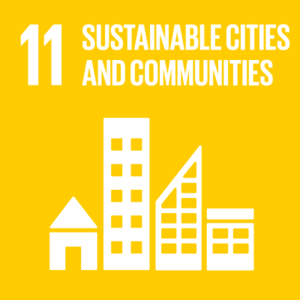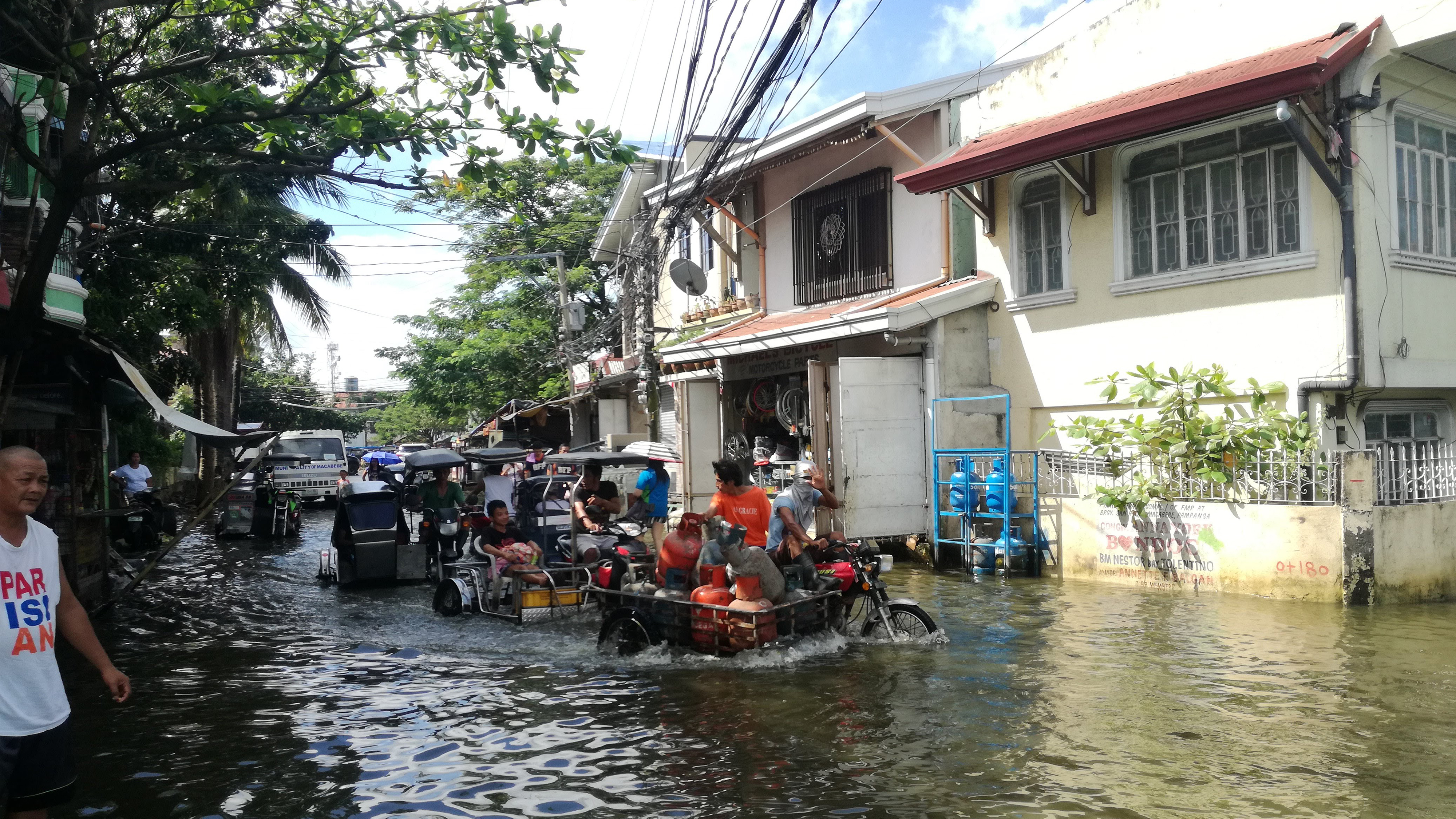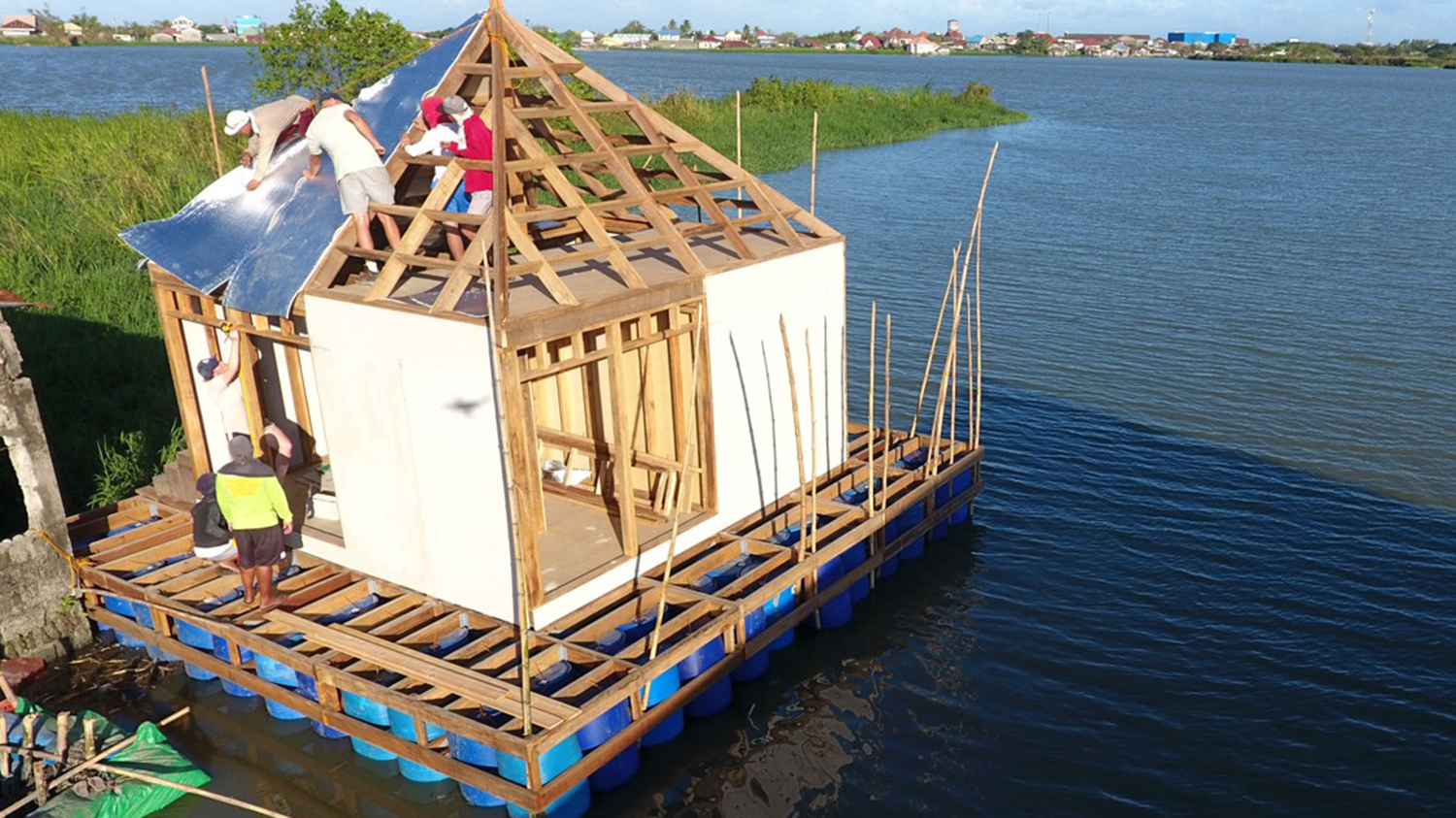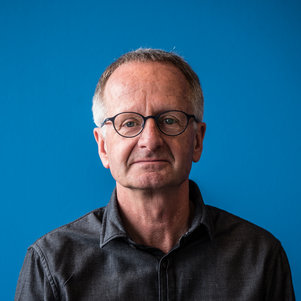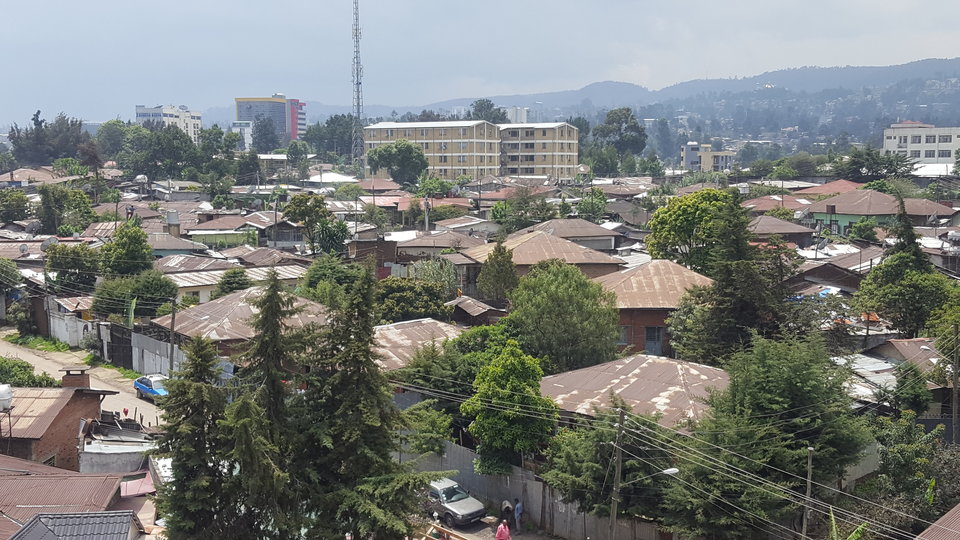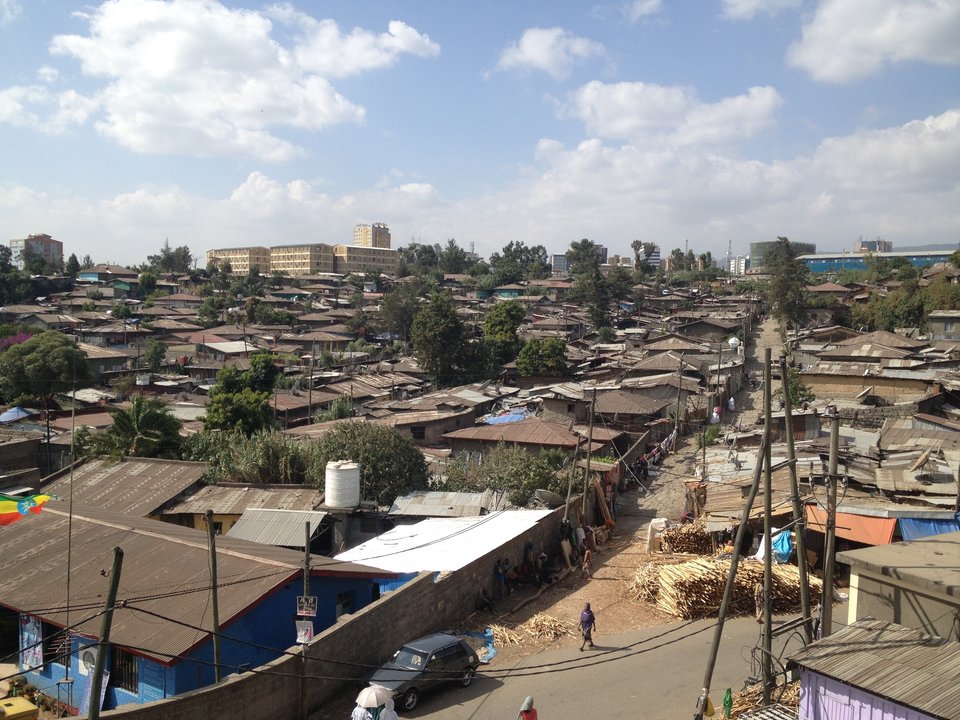City dwellers in the Philippines are dealing with the consequences of frequent flooding on a daily basis. This is why Phd and Global fellow Pieter Ham has been working on the construction of sustainable, modular floating homes in the Philippines since graduation. Now the pilot home is ready and the first family to test it out has moved in.
Modular construction
As part of their civil engineering studies, Pieter Ham and fellow- student Joran van Schaik secured an internship at Finch Buildings, a company which specialises in sustainable modular construction. Ham: ‘Modular construction means working with prefabricated building modules which are easy to stack and link, and which are easily transported by road.’ The enormous damage caused to several cities in the Philippines by yet another typhoon provided the two students with a subject for their final project: building sustainable, modular housing in the Philippines. They managed to contact a former mayor of the city of Hagonoy and got to work. Once in Hagonoy, they could see for themselves the devastating consequences of the flooding which occurs almost daily. ‘People showed us their homes. I was shocked to find myself knee-deep in water,’ Ham says. ‘They were laughing about it but I could tell there was a lot of misery behind the laughter.'
Where is all that water coming from?
Homes in the Philippines are built on marshy ground, just like in the Netherlands. Much of the groundwater is being pumped up for industrial purposes, for instance to serve as cooling water for factories, and ground levels are falling rapidly, sometimes by as much as 5cm a year. ‘People used to build their homes on poles, but the poles are sinking as well,’ Ham explains. Excess water from rain, sea and rivers is trapped in the densely built-up urban areas. ‘There are high levels of stagnant water everywhere, causing all sorts of hygiene and health issues,’ Ham says.
Back to the Philippines
Now, three years later, Ham and Van Schaik, who now works for Finch Buildings, have built a pilot home in the Philippines. ‘We made the modules on site, with locally sourced materials and using local carpenters. The modules were made in big construction shed at a prefab location and put together at the building site: a big fish pond in Macabebe.’
A big fish pond?
People used to grow rice in this region but seawater flooding caused the water to become too salty and they were turned into fish ponds. ‘But then, even bigger floods flushed out the fish and now they are not fit for any purpose except as a perfect spot for building a floating home,’ Ham says. The mayor of Macabebe gave permission for one of the fish ponds to be used for the project.
Local testing ground
Ham thinks it’s important not to do all the preparation for the work in the Netherlands. You only know if things work when you are actually in the process of building the house. How easy is it do prefab construction there, for instance? You will be faced with challenges that you can’t predict in your lab at home.’ Building locally enabled him to deal with problems as they arose, Ham says. ‘All the people involved were on the spot: the mayor, the carpenters who are going to build the homes and the future residents.’
The pilot house is currently home to a municipal lorry driver and his wife and two kids. They are the first of four families who will be putting the house through its paces for a period of three months in order to provide Ham and Van der Schaik with the necessary feedback . ‘The plan is to process all the feedback and build 50 more homes. The most important thing is to build homes that families will want to live in and that they will be proud to call their own.’
Win-win
Floating homes are nothing new in themselves. ‘People have lived on houseboats in the Netherlands for years. The innovative aspect is not so much the fact that the homes are floating but that they are built in a sustainable way,’ says project supervisor Rob Nijsse. The aim is to build an energy neutral home. ‘We will be generating energy by putting solar panels on the roof and we’ll be storing rainwater in basins and filtering sewage.’ The knowledge gathered as the project progresses will come in useful at home as well. ‘What we learn in the Philippines we – and companies like Finch – can apply one-to-one in this country. And considering the effects of climate change and our ever-higher dykes, that is a number one priority.’
Published: June 2019


